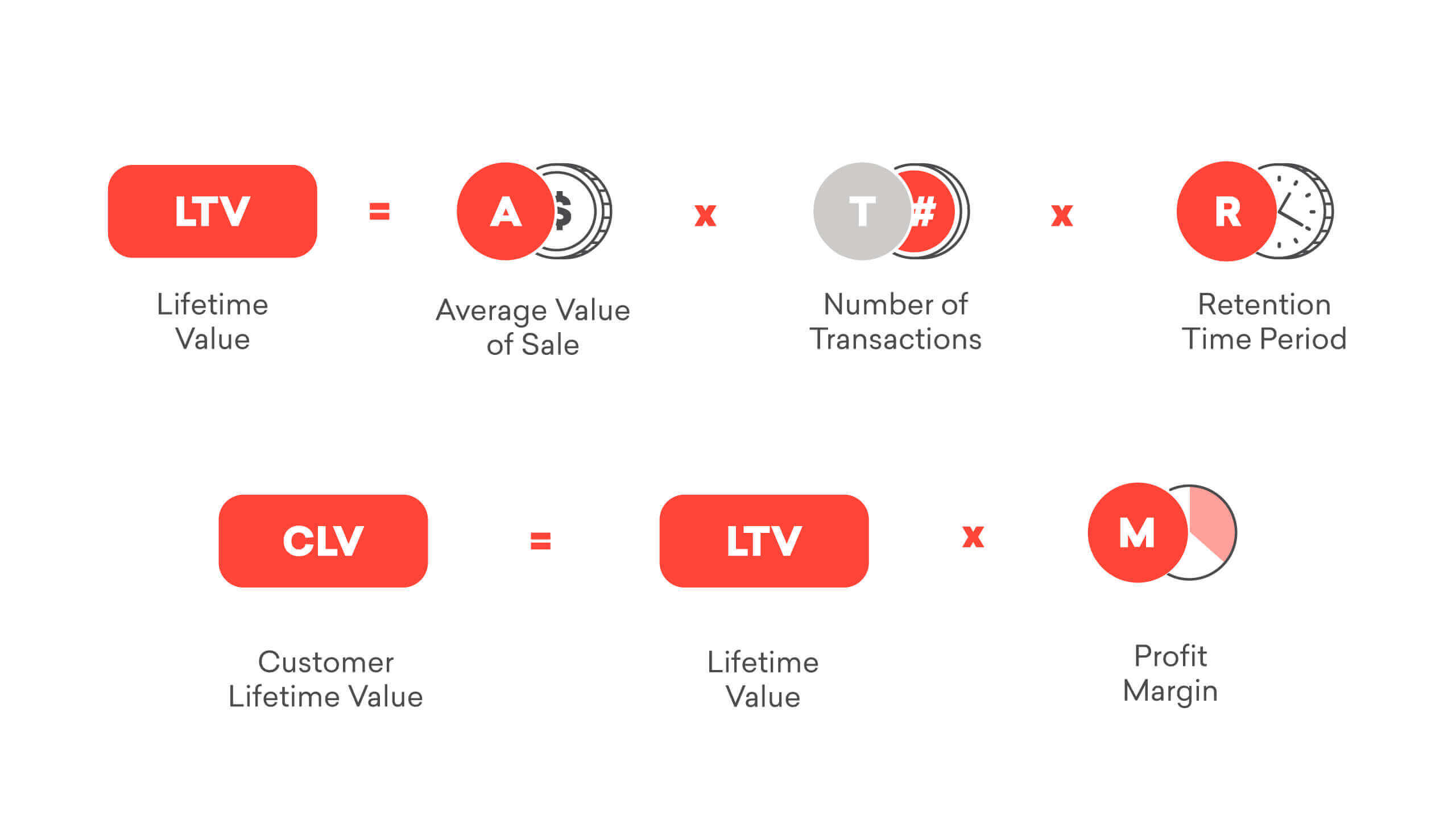Last time we shared what makes a great Account Manager, and now we deep dive into what an account manager does. Most of the things that account managers do can be put under one of the three key responsibilities. All of them have something to do with clients and agency growth.
1. Don’t lose a client
Great work wins business, but a great relationship is what keeps it. Inviting your clients to lunch, dinner, or drinks isn’t what makes a good relationship. It is much more than that. It is being on top of the current projects. Listening. Asking the right questions. Replying fast. Thinking three steps ahead. Anticipating and avoiding problems. Managing expectations. Eliminating unpleasant surprises. Taking ownership. Acting with integrity. All of this can be summarized under one term – client servicing.
When things go south, or you come to the edge of losing a client, you have to make them a priority. Don’t let them wait for your reply for more than two hours. Overdeliver and make sure you have zero mistakes. Get on top of the cause of dissatisfaction and show your concern and effort. The key is to rebuild trust. That may take some time, but as in any relationship, it can be good to go through bad periods to strengthen your overall relationship.
If you have second thoughts about keeping a client, calculate its customer lifetime value. That should give you a glimpse into the importance of a client and whether it is worth the hassle.

Always keep in mind that it can cost five to 25 times more to attract a new customer than it does to retain an existing one. (Forbes)
2. Grow your client
Most of the clients should use most of the services most of the time. Wise words by Blair Enns and David C. Baker beautifully sum up how to grow your client, or what we like to call it in the agency world – upselling it.
If your client is stable, meaning out of the zone of leaving the agency, then focus your efforts on growing it. Again, as in the previous point, the aim is still to build trust. But now, the goal is to build trust through using more and more of your services. The more services a client uses, the better the outcome will be. The campaigns will be integrated and more holistic with better results. And, in most cases – cheaper than using two or three separate agencies.
There have been many cases when a client starts with one service and then naturally builds up, growing into your most important, lifelong, and precious client. Even a 5% increase in customer retention can boost profits by 25% to 95% (Forbes). It is a win-win situation for both parties.
There are a couple of strategies that you can do as an account manager to grow a client. Firstly, research who else is working for your client. It could be another (global) agency or their internal department. Find out if the client is satisfied with the current situation. Is the client planning to cut out the internal department or cut ties with the other agency? Depending on the answers you get, you can play out your strategy.
Maybe some of the services are out of the limits (i. e., because of the global agreement), but be proactive and propose a trial project on a new service. Listen and take the opportunity to lighten your client’s workload. You can also send case studies or campaign examples that include services you want to upsell. If you do well, that may be an entrance to expand your services.
3. New business
One big part of the agency’s business model is winning over new business. There are different ways of doing that, but the most usual one is through a pitch or tender process, which we will cover now. Depending on the importance, a whole agency can sometimes be involved in a two or three-month pitch process with many rounds, tasks, and creative solutions.
Here, we will quickly go through three key relations you need to take care of as an account manager – Client, Procurement, and Agency team.
Client
The account manager’s role is crucial as you are the direct contact with your potential client and the only source of information. You have to find out as much information as possible to help your team come up with problem-stating, creative concepts, ideas, and execution.
It is important to get to the essence of the client’s wants, expectations, and reasons for conducting a pitch in the first place. Try to find out who is their current agency and what are the pros and cons of their cooperation. Don’t focus only on the dissatisfaction; take into account the good parts as well. Ask many questions, but be careful – if you can google a question, don’t ask it – a client might think you didn’t prepare.
Bring other team members to a Q&A session and listen carefully. Ideally, record the session and re-listen it to find some cues you might have missed. Don’t be shy to ask more questions later in the process – that can be a good thing, and you can gain valuable insights that can shift your concept in the right direction and show your dedication.
Procurement
In the big tenders, procurement is usually involved. That means there is a hseparate workload to be done. The first step is to qualify RFP (Request For Proposal) and review the tender to see if it fits your agency, services, and available resources you have at the moment.
If the tender fits, it is time to fill in the RFP. Each RFP must be reviewed and filled in carefully. Make sure you answer thoroughly and fill rate cards with a little buffer for maneuvering later in the negotiation. Make sure the buffer is not over 15-20%, depending on the services and your experience.
When it comes to negotiation, learn more about the procurement team, their background, and what is of importance to them. Think about fixed price, risk mitigation, due date, quality, sustainability, delivery date, discount, success fee payment model, etc.
Try to discover what kind of a procurement person they are – a relationship maker or a Chipper. Believe it or not, price is not the most crucial component, but be ready for price negotiation. Think about your BATNA (Best Alternative to a Negotiation Agreement) and have it in mind when negotiating to avoid any last-minute discounts or ultimatums just so you can close the deal.
Agency team
Before you say yes to participating in a new tender, check your resources and set up a way to approach each pitch. Don’t jump on every pitch you get. That might have a contra effect, and output quality can suffer if you are low on resources (time and people).
At the start, make sure that the project has its owner. A project owner is a person that is responsible for the outcome, sets up internal timelines and deadlines, makes sure each task is covered, and, at the same time, ensures a smooth and integrated output. There must be a tight collaboration between a project owner, the account manager, and the pitch team. Each team member must know details about the task, the client, and the team’s solution – even though it is out of their specialization.

When it comes to presentation, carefully choose who will present the solution to the client and rehearse the pitch. Also, have one senior agency coworker outside the team act as a client who will be independent and give feedback, suggestions, and ask questions. Make sure every detail is covered, every potential question is answered, and every execution has a strategic background.
To wrap it up
Even though a new business might seem like the best way to grow an agency, remember that the win rate is only about 10-15%. Don’t forget about your current clients. Fight for every single one of them and invest in relationships. It will pay off more than you can imagine.



